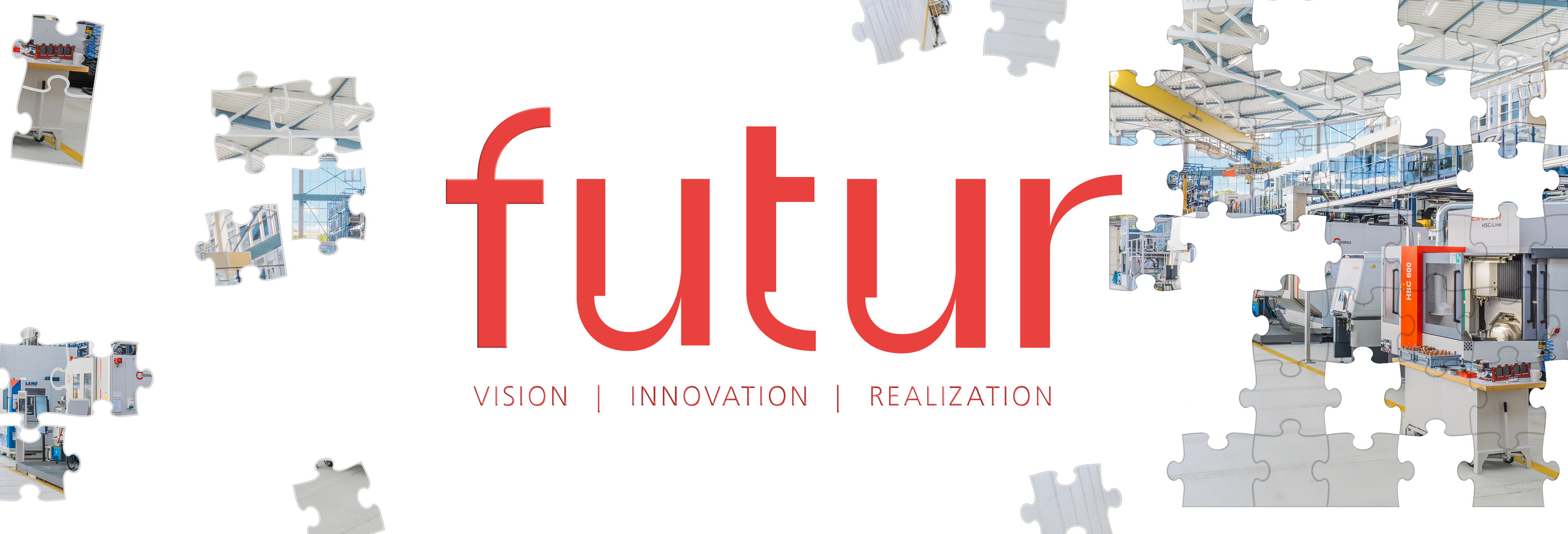The Data Conductors
To position themselves strategically and competitively, manufacturing companies cannot afford to get lost in the specifics of individual solutions. Instead of asking which software is right for each business process, they should actively work on consistent data integration that is aligned with the core value-creation activities of the company.
Just like instruments in an orchestra, the various IT systems in a company have their own specific role: While the clarinet really shines during solos, the violins provide an underlying soundscape and the drumbeat announces the end of the movement. Ultimately, each of these sounds is based on the same medium – in the orchestra it is the vibrations of the air that transfer sound, while in the business context the medium is the zeros and ones of data. While the strings of a violin vibrate when it is played and percussion instruments make our eardrums vibrate, data sets the tone in a highly digitized production. And so every IT system also has its own »sound«. Whether traditional engineering-focused systems such as PLM (product lifecycle management) or manufacturing-oriented systems such as ERP (enterprise resource planning), they all have their own functions in manufacturing companies. To combine these highly specialized instruments into a coherent whole, they must be brought together and integrated. How can engineers become conductors of data and dictate the rhythm of the product life cycle?
The complications of integration
Optimizing the data flow between a company’s various systems is crucial for a well-orchestrated system landscape. To do this, all of the IT systems within the company, such as PLM, ERP, and IoT, must be seamlessly integrated with each other. Ideally, companies should be able to use the systems in place to manage all of their products’ life cycle-related data – from the initial idea to development and production, and all the way to maintenance and disposal. This means that these systems support businesses along their internal and external process chains, helping them to develop and manufacture products more efficiently, improve collaboration and ensure consistent data storage for other business processes.
However, heterogeneous IT landscapes that have been built up over years often make it difficult to connect and integrate this data. Connecting IT systems based on different technologies is a technical challenge that requires careful planning and implementation. The variety of different data formats and models involved is an additional obstacle. Successful integration is only possible if data models are harmonized to ensure consistent information across all systems.
In many industries, there is also increasing sensitivity and regulation when it comes to data security and compliance. After all, digitalization and networking also entail security risks. Particularly in the context of IT systems handling sensitive product- and process-related data, high security standards must be maintained. Regulatory requirements such as data protection or industry-specific regulations, such as those in medical engineering, also play an important role.

Creating secure data spaces
To keep their bearings during a concert, conductors depend on particularly complex integrated sheet music that includes notation for all the instruments of the orchestra. This provides them with a well-structured space within which they can direct the performance. Companies also need frameworks of this kind to optimize their data aggregation and integration. This is where initiatives such as Gaia-X and Catena-X come into play.
The European initiative Gaia-X aims to create a secure and trustworthy data infrastructure that respects the data sovereignty of companies. A federated cloud infrastructure makes it possible to securely store and share data. Particularly in the area of product development, where large amounts of information are often generated, integration based on Gaia-X offers a scalable and secure solution for sharing and storing this information. This way, companies retain full data sovereignty and control even within the cloud. Another advantage of Gaia-X is the promotion of interoperability. By defining open standards and protocols, Gaia-X facilitates the exchange between different cloud services and IT systems. This enables companies to seamlessly link their PLM systems with other systems, thus optimizing the flow of information throughout the entire product life cycle.
Catena-X, initially an automotive-related network, is based on the common data infrastructure created this way, and is designed to improve collaboration and data exchange in the automotive supply chain. The goal is to enable a consistent and transparent data integration along the entire value chain. Catena-X is based on an open, standardized platform that connects manufacturers and suppliers and facilitates the secure exchange of data. A central aspect of Catena-X is again the adherence to data sovereignty throughout the entire product life cycle. Each company retains full control over its data and decides with whom and for what purpose it is shared.
Thanks to Catena-X solutions, companies can exchange data securely with each other along the supply chain, making their entire value creation process more efficient and transparent. In addition, standardized interfaces and data formats improve interoperability across companies. Catena-X thus marks the beginning for a new quality of collaboration in the automotive industry – because harmony is not only crucial in an orchestra.
 Fraunhofer Institute for Production Systems and Design Technology
Fraunhofer Institute for Production Systems and Design Technology